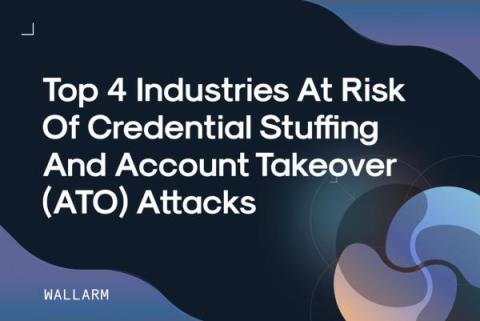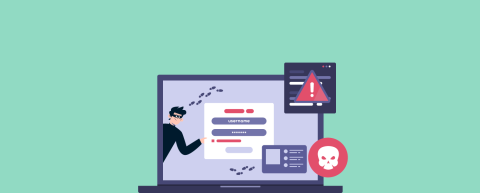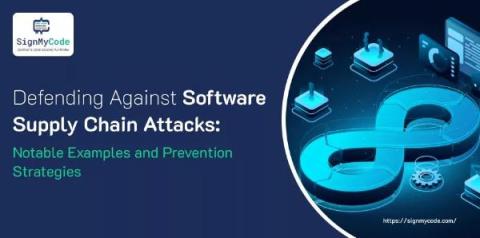Top 4 Industries at Risk of Credential Stuffing and Account Takeover (ATO) attacks
All industries are at risk of credential stuffing and account takeover (ATO) attacks. However, some industries are at a greater risk because of the sensitive information or volume of customer data they possess.











